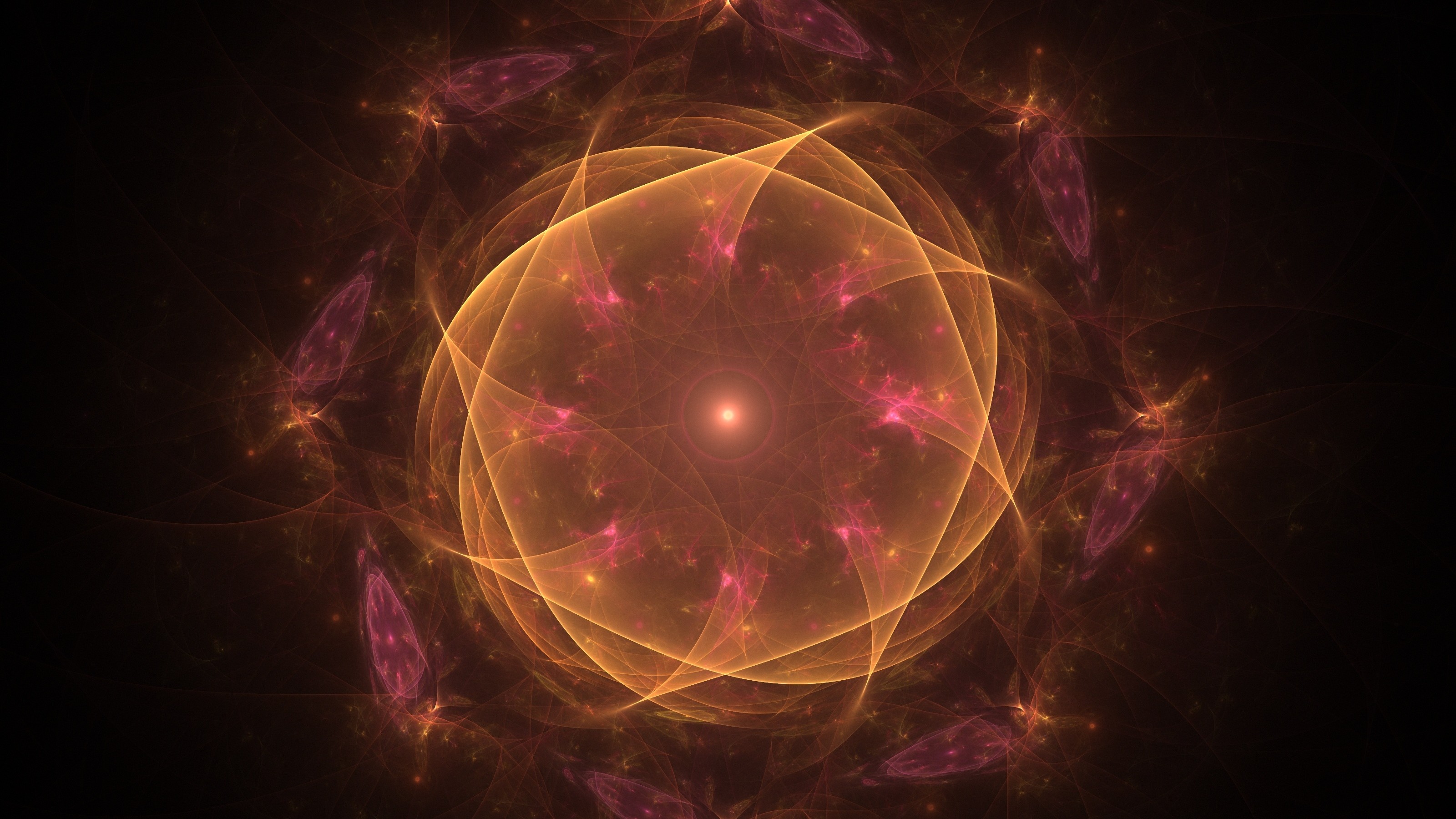QBism: The simplest interpretation of quantum physics

- Quantum mechanics is a powerful yet enigmatic theory that provides exceptional control over atomic and subatomic phenomena, but its underlying mathematical principles lack a universally accepted interpretation.
- The theory hinges on the Schrödinger equation and the concept of superposition, where particles exist in multiple states simultaneously until measured, challenging classical physics’ view of reality.
- Quantum Bayesianism (QBism) simplifies this by treating the wave function as a personal tool for predicting measurement outcomes rather than a description of objective reality, emphasizing the fundamental role of the Born rule in quantum mechanics.
Quantum mechanics is simultaneously our most powerful and weirdest scientific theory. It’s powerful because it offers exquisite control over the nanoworld of molecular, atomic, and subatomic phenomena. It’s weird because, while we have a complete mathematical formalism, we physicists have been arguing for more than a century over what that formalism means. In other words, unlike other physical theories, the mathematics of quantum mechanics has no clear interpretation. That means physicists and philosophers have been left arguing about which interpretation makes the most sense. Sometimes the idea of “simplicity” is invoked to answer that question.
So today, based on a wonderful discussion that began on X of all places, I want to argue that Quantum Bayesianism, or QBism, offers the “simplest” account of that all-powerful quantum formalism.
The “simplest” explanation
There are two main parts of the quantum formalism. The first is what’s called the dynamical equation. This part gives us a mathematical description of how undisturbed systems evolve. We physicists love our dynamical equations — things like Newton’s equations for particles or Maxwell’s equations for electromagnetic waves. In classical physics, the dynamical equation was pretty much the end of the story. Nothing else was required and we came to think of those equations as existing “out there.” They were timeless laws of physics that never required any reference to what physicists were doing.
But that’s not the case for quantum mechanics. In non-relativistic quantum mechanics, the Schrödinger equation serves as the fundamental dynamical equation. Schrodinger’s equation yields what’s called the “wave function,” the mathematical object describing the state of the system as it evolves in time. But here is where the monkey wrench gets thrown into the story. The wave function is weird in a bunch of ways. In particular, it tells us that the system (say, a particle) can have many values of its physical properties (like position or spin) at the same time. Another way of saying this is that the different values are superposed. The ambiguity about non-preexisting properties in a superposition is where all the hoopla over Schrodinger’s famous cats, with their simultaneous “deadness” and “not deadness,” originates. “Deadness” and “not deadness” could not occur in classical physics, where there’s no question about the reality of system properties other than experimental uncertainty. So, what determines the actual value a given property takes in quantum physics?
The role of measurement
The answer, strangely enough, is measurement itself. Along with the dynamical Schrodinger equation, the quantum formalism adds the Born rule. The Born rule tells us that when a measurement is made, the dynamics of the Schrodinger equation are interrupted. The superposed wave function “collapses” to a single value. In particular, the Born rule tells us we must use probabilities extracted from the wave function itself to predict what will be measured.
Schrodinger’s dynamical equation — the wave function with its strange superposition of properties and the Born rule: That’s the quantum formalism. The century-long debate about quantum interpretation has spun around how to understand these things in terms of reality. But in the long history of that debate, most of the effort has come from trying to work around the Born rule. Because we physicists love our timeless dynamical laws so much, the Born rule was seen as a scar on an otherwise beautiful theory. For many researchers, the task became to preserve that beauty and think your way out of the Born rule strictures. This involved explaining (or explaining away) the role of measurement and, by implication, measurers.
It’s an effort that’s led to some pretty wild extrapolations. For example, the famous many worlds interpretation (MWI) claims that each time a measurement is made, a new “world” emerges. In the MWI, there’s one world for each part of the wave function. When a measurement is made, these worlds become disconnected from each other, existing side by side like ghosts (which is why I call it the “many ghosts interpretation”). In that X conversation I mentioned, my friend and colleague Jason Wright asked, “Isn’t the MWI the simplest interpretation because it just takes the wave function as is?” Within a certain kind of logic, the question makes sense. Those different (and possibly infinite) superposed pieces of the wave function just pop out of Schrodinger’s equation. Why not treat all of them as real in some way? (It’s worth noting that Wright says he is not a proponent of MWI, he’s just asking the question.)
My answer is there’s an even simpler way to see what’s going on, which is exactly what QBism does. Rather than see the wave function as the holy of holies whose reality must be preserved at all costs, focus instead on what’s new in the quantum formalism, i.e. the Born rule. Quantum mechanics has been screaming at us that measurement matters for 100 years. Hearing that and taking it to heart is exactly what QBism brings to the table.
Focusing on the Born rule
So, how does QBism accomplish this so simply? It treats the wave function as encoding information about our interaction with the world, not the world itself as seen from some perfect God’s-eye view. As my colleague, the eminent quantum physicist Joe Eberly, put it, “It’s not the electron’s wave function, it’s yours.” Take this position and you don’t need infinite numbers of unobservable ghost worlds or other science-fiction entities. That certainly seems a lot simpler to me.
The thing about quantum mechanics, however, is every interpretation pays some price that takes you beyond the easy-to-picture-in-your-head perspective of classical physics. QBism’s price is to see quantum mechanics revealing fundamental aspects of us and the world together, not the world alone. The way it pursues this is a relentless focus on the Born rule. Why is there a Born rule? Where does it arise? How does it arise? What is it telling us about us as agents responding to the world as it pushes back against us when we do experiments?
Rather than trying to sidestep the Born rule and see it as a scar, QBism takes it as quantum mechanics’ central and very beautiful mystery. How it does this and what it may mean for science will be the next installment in my QBism series.





